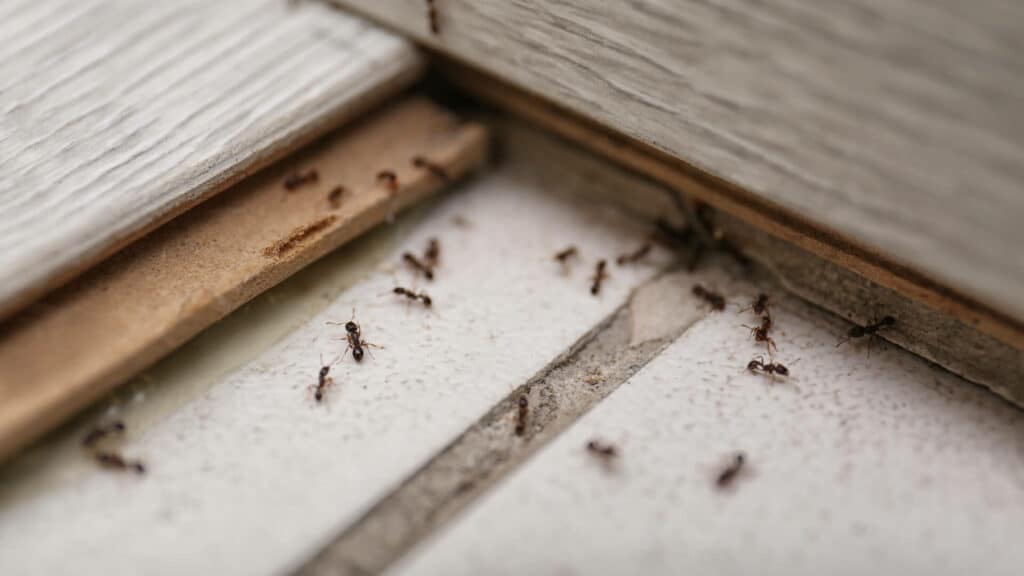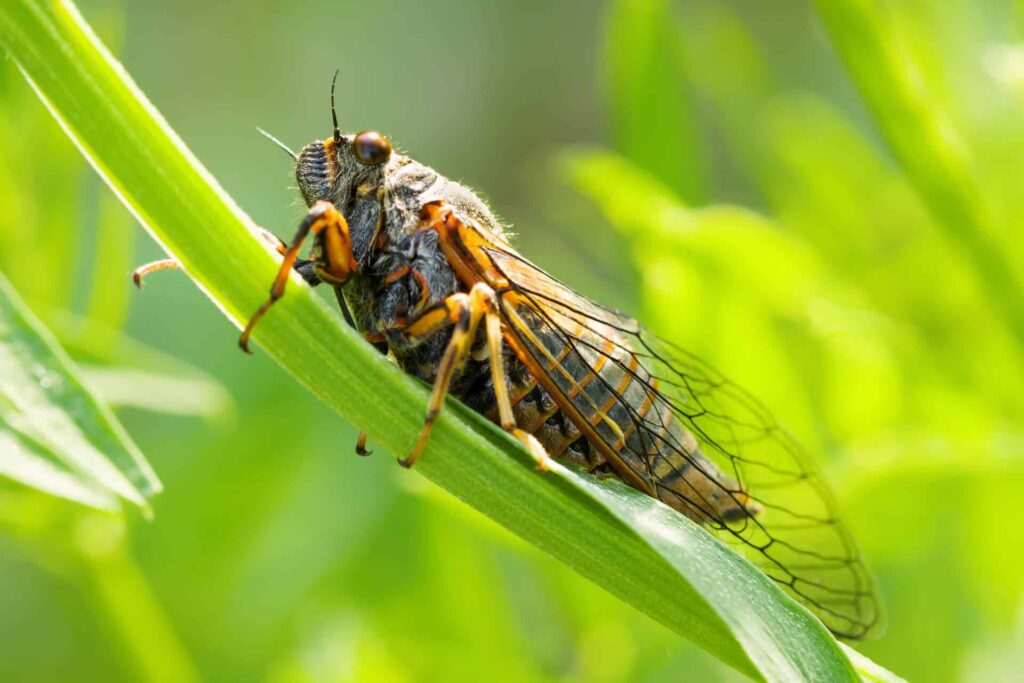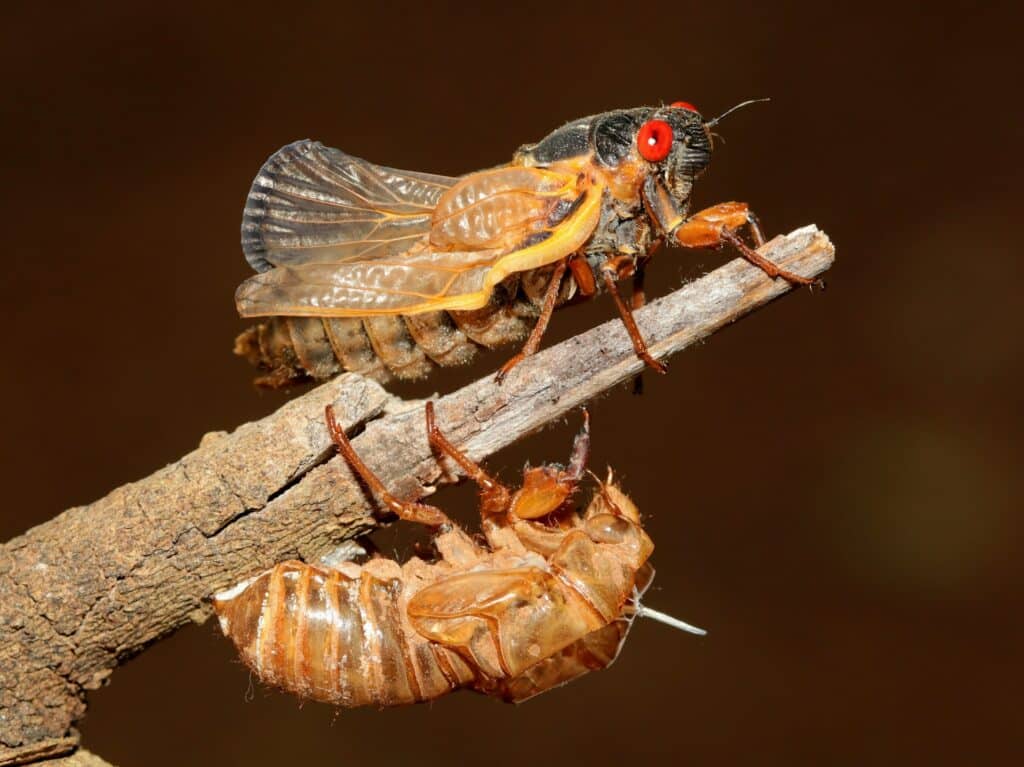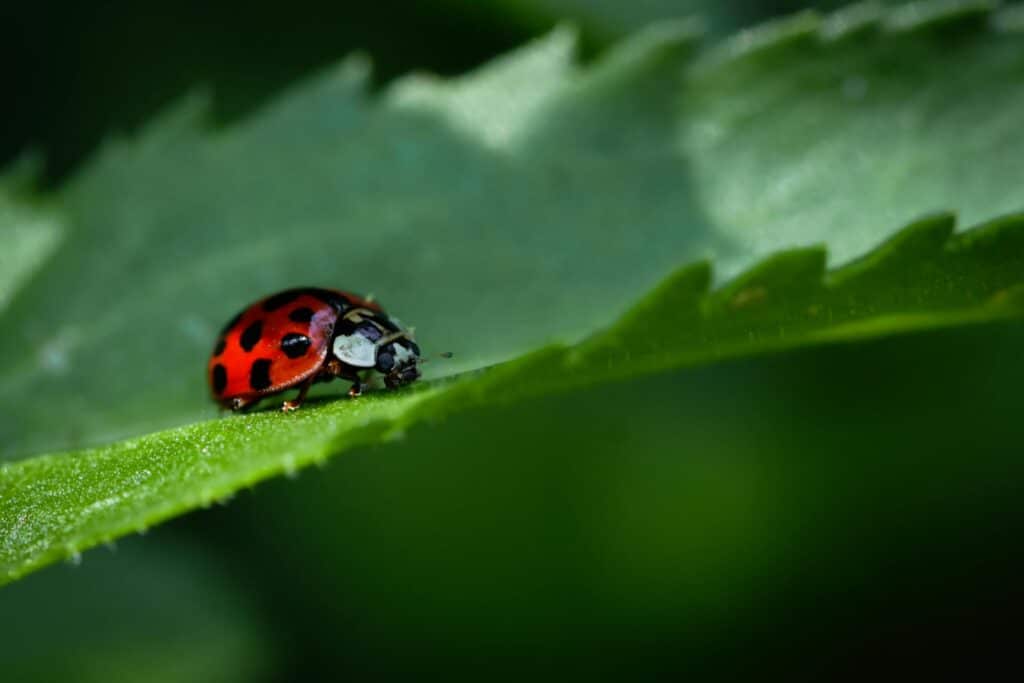You’ve probably seen ants in line, following one another with precision. What you might not know is that these ant trails are a key part of how ants communicate and navigate. While marching in a disciplined manner, ants leave behind pheromones—chemical signals that create a map for other ants to follow. This process allows them to repeatedly find food sources and return to their nests efficiently.
4 Steps on How Ant Pheromone Trails Work
Ants are social insects that rely on teamwork. When a worker ant finds food, it doesn’t keep it to itself. Instead, it lays down ant pheromone trails as it makes its way back to the colony. This trail acts like a breadcrumb path for other ants to follow. The stronger the ant pheromone trail, the more ants will be drawn to it.
Here’s an overview of how ant trails are formed:
- Exploration: A few ants explore their surroundings to find food. Once one locates a food source, it picks up a piece and heads back to the colony.
- Laying the Trail: As the ant returns to the nest, it releases pheromones from its body, marking a trail.
- Follow the Leader: Other ants detect the pheromones and follow the same trail, reinforcing it with more pheromones.
- Constant Traffic: As long as the food source remains, more and more ants will follow the trail, creating a steady line of ants moving to and from the food.
This system is efficient and allows the colony to focus its resources where food is secured. As long as the food source remains, so do the ants. That’s why you often see the same ant trail reappearing.
Why Ant Trails Keep Coming Back
Simply killing the ants you see won’t solve the problem. The ant pheromone trail they’ve created doesn’t disappear when the ants are killed. It remains as a navigator trail for other ants to follow. Even if you eliminate all visible ants, new ones will continue to show up because they’re following an established ant pheromone trail.
Ants can also lay down more than one ant pheromone trail, meaning that wiping out one group of ants doesn’t necessarily eliminate their entire food-finding network. Some of the reasons they keep coming back include:
- Pheromones Are Long-Lasting: Pheromones can persist for long periods, especially if they’ve been reinforced by multiple ants. This makes it easier for new ants to pick up the trail even after the first wave has been wiped out.
- Ants Are Persistent: Ant colonies are determined when it comes to finding food. If one trail is disrupted, ants may find another route while reinforcing the existing ant trails.
- Environmental Factors: Ants seek out resources like food and water. If you don’t address what’s attracting them, such as crumbs, spills, or moisture, they’ll keep coming back.
4 Essential Tips to Address Ant Trails the Right Way
To successfully deal with an ant infestation, you need to remove both the ants and their pheromone trails. Here are some effective ant control tips:
- Clean Thoroughly: Wipe down surfaces with a solution of vinegar and water or soapy water. These break down the chemical signals in the ant pheromone trails, preventing other ants from following it and control infestations. Be sure to clean countertops, floors, and areas where you’ve seen ant activity.
- Seal Entry Points: One way for ants in getting inside your home is through small gaps, cracks, and openings. Inspect the spaces around windows, doors, walls, and utility lines for any openings and seal them with caulk or weather stripping.
- Remove Attractants: Ants always have their attractants inside your home, which in many cases, to food crumbs and sugary spills. Make sure to store food in sealed containers and clean up spills immediately. Pay attention to pet food bowls and trash bins, as these are common attractants. Fix any leaks or areas of standing water as well, as ants are drawn to moisture, especially during dry spells.
- Consider Professional Pest Control Services: If you’re struggling with persistent ant problems, it may be time to bring in a professional. Pest control experts can identify the source of the infestation, target the colony, and treat your home.
Take Quick Action Against Ants with Aptive
Understanding how ants behave is the first step in stopping ants from constantly invading your property. These ant trails are like invisible highways that ants use to move efficiently between their nest and a food source, which is why they keep coming back. To break this cycle, it’s crucial to not only eliminate the ants you see but also disrupt the ant trails they rely on.
At Aptive, we specialize in targeted pest control that gets to the root of the problem. Our experts can help control ants in your home and prevent future infestations. You can reach out for a free quote today to see how Aptive can help protect your home.









